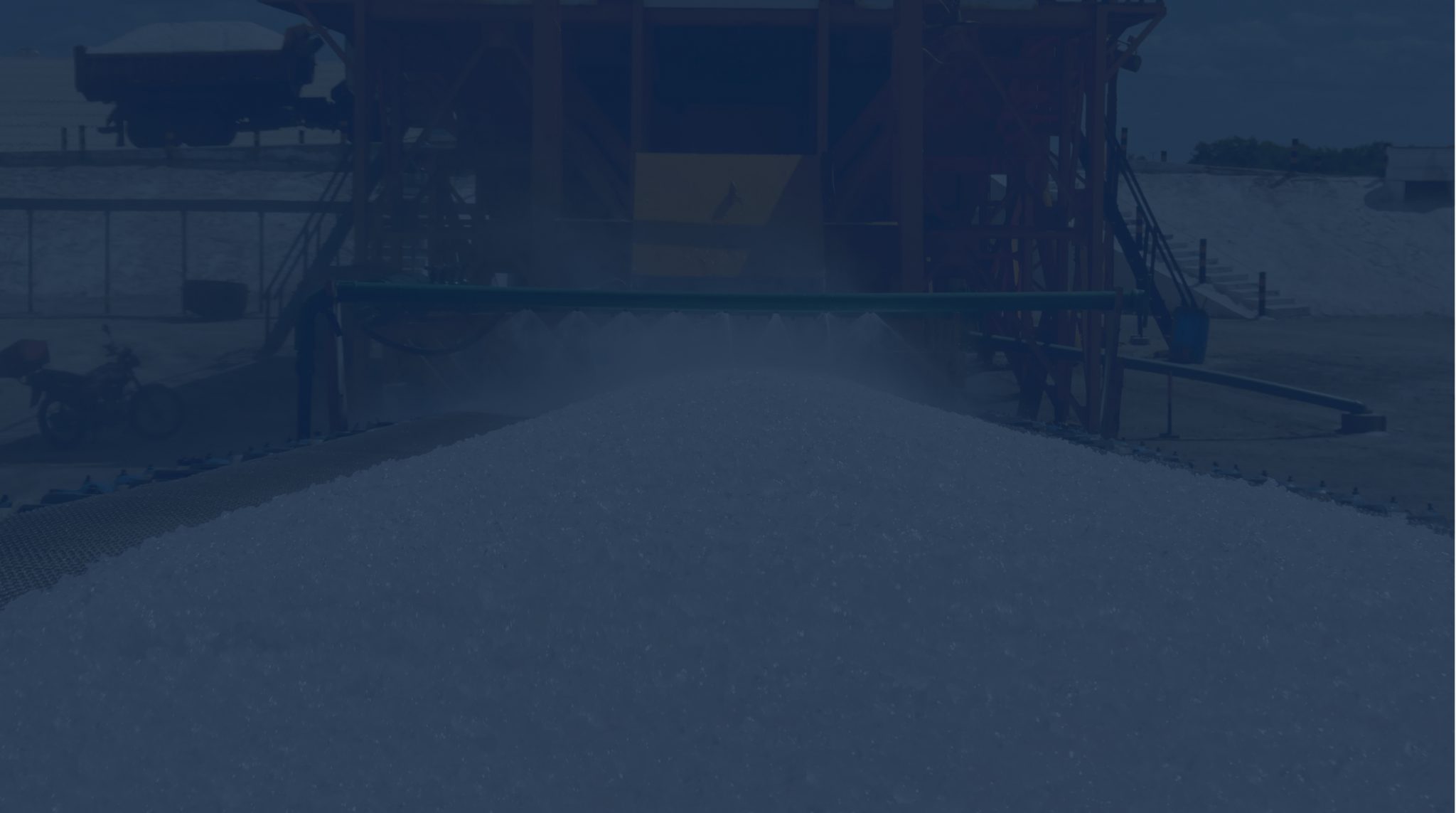Production
Sea salt (sodium chloride) is produced by Salinor in a sustainable way.

Production Process
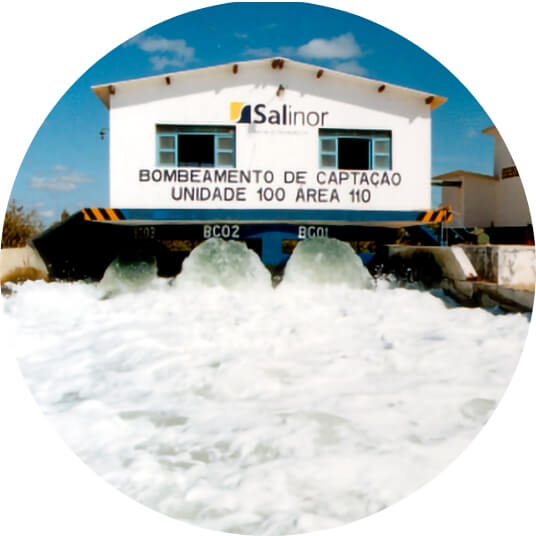
1
Pumping System
Sea water, rich in salts, is pumped into the evaporation pond.
1
Pumping System

Sea water, rich in salts, is pumped into the evaporation pond.
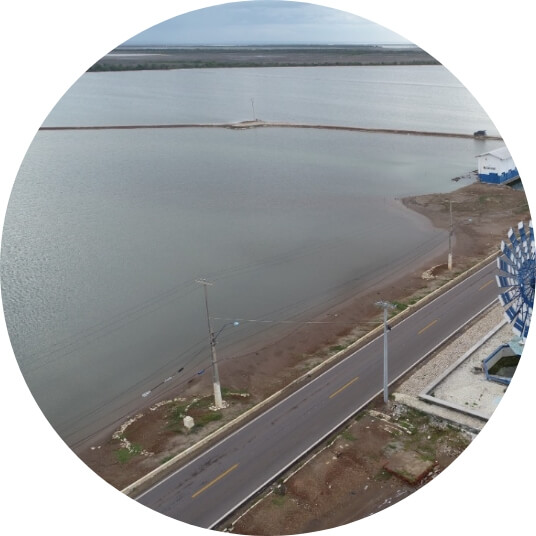
2
Evaporation
The pumped water moves, by gravity, through the evaporation ponds, in sequence, evaporating through exposure to the sun and winds.
2
Evaporation

The pumped water moves, by gravity, through the evaporation ponds, in sequence, evaporating through exposure to the sun and winds.
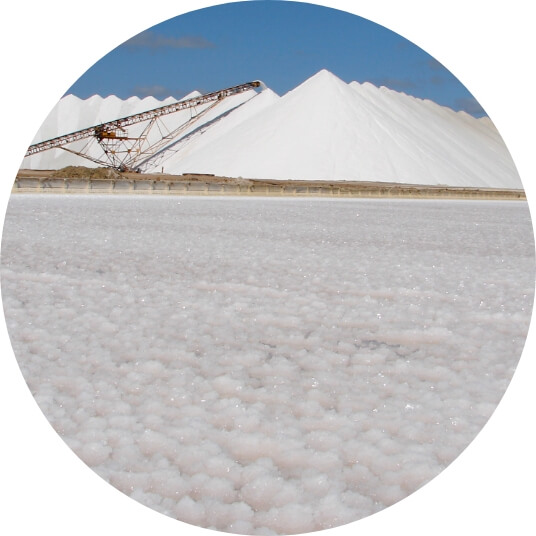
3
Crystallization
When brine reaches the desired saturation in sodium chloride, it is pumped into the crystallization ponds. As fresh water evaporates, salt precipitates.
3
Crystallization

When brine reaches the desired saturation in sodium chloride, it is pumped into the crystallization ponds. As fresh water evaporates, salt precipitates.
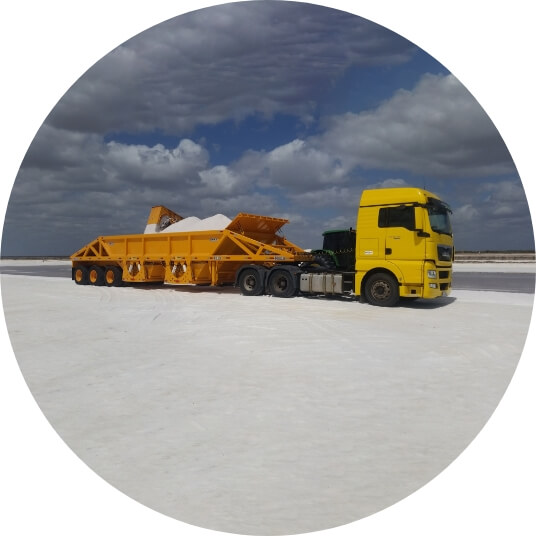
4
Harvesting
After crystallization of the salt, in the desired amount and quality, within an annual cycle, the harvest is carried out. The salt is extracted and taken by large equipments to the washer.
4
Harvesting

After crystallization of the salt, in the desired amount and quality, within an annual cycle, the harvest is carried out. The salt is extracted and taken by large equipments to the washer.
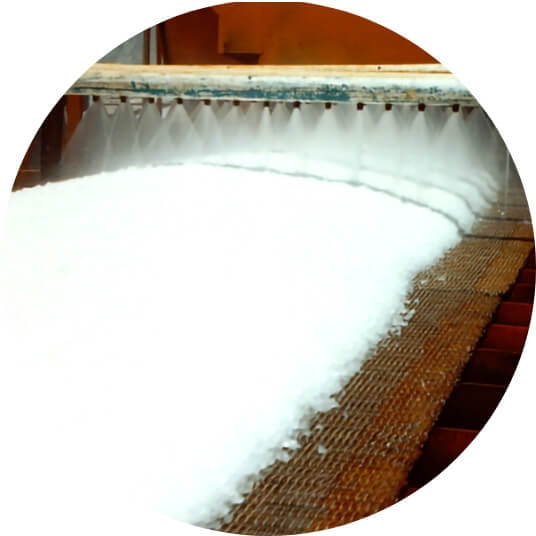
5
Washing
The salt goes through a washing process in order to remove impurities and reduce undesirable elements.
5
Washing

The salt goes through a washing process in order to remove impurities and reduce undesirable elements.
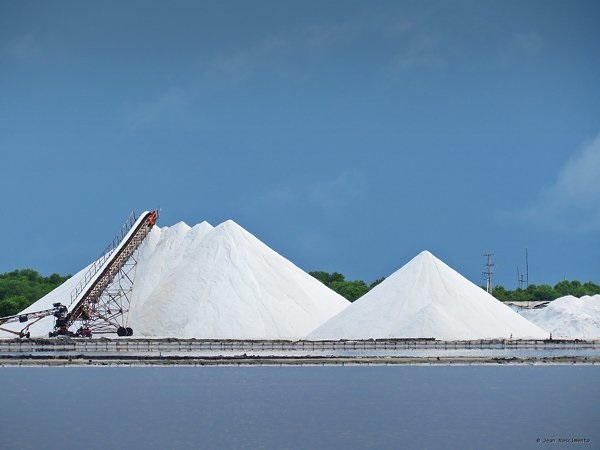
6
Storage
The salt is stocked in storage yards with capacity for 1,8 million metric tons in the 3 sites, where there is a curing process to reduce moisture and magnesium, making it ideal for use in the chemical, pulp and paper, oil drilling and water treatment industries, among others.
6
Storage

The salt is stocked in storage yards with capacity for 1,8 million metric tons in the 3 sites, where there is a curing process to reduce moisture and magnesium, making it ideal for use in the chemical, pulp and paper, oil drilling and water treatment industries, among others.
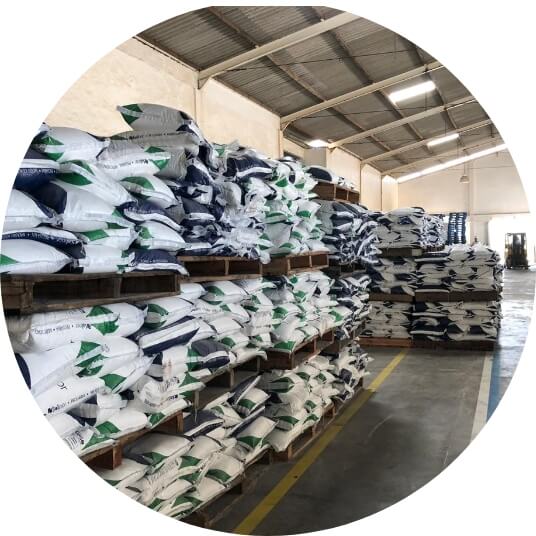
7
Processing
The salt produced can be sent for processing, becoming refined or crushed salt, for human, animal and industrial consumption, such as food and textiles.
7
Processing

The salt produced can be sent for processing, becoming refined or crushed salt, for human, animal and industrial consumption, such as food and textiles.

